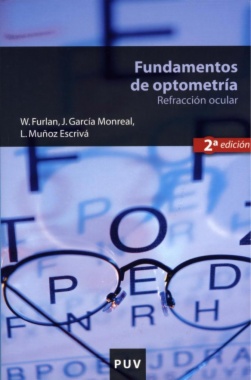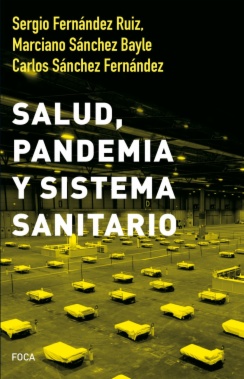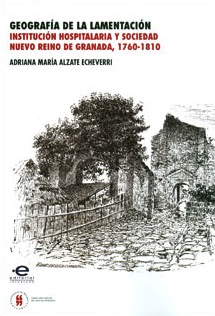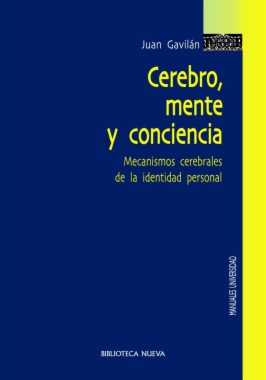
Estás filtrando por
Se encontraron 737 resultados en recursos

Compartir este contenido
Fundamentos de optometría, 2a ed.
Copia el enlace o compártelo en redes sociales

Salud, pandemia y sistema sanitario
Compartir este contenido
Salud, pandemia y sistema sanitario
Copia el enlace o compártelo en redes sociales

Enfermedades sistémicas y del aparato locomotor
Compartir este contenido
Enfermedades sistémicas y del aparato locomotor
Copia el enlace o compártelo en redes sociales

Productos medicinales a base de Cannabis
Compartir este contenido
Productos medicinales a base de Cannabis
Copia el enlace o compártelo en redes sociales

Proyecto Mowinga : alimento y salud
Compartir este contenido
Proyecto Mowinga : alimento y salud
Copia el enlace o compártelo en redes sociales

Geografía de la lamentación : Institución hopitalaria y sociedad. Nueva Granada 1760-1810
Compartir este contenido
Geografía de la lamentación : Institución hopitalaria y sociedad. Nueva Granada 1760-1810
Copia el enlace o compártelo en redes sociales

Cerebro, mente y conciencia
Compartir este contenido
Cerebro, mente y conciencia
Copia el enlace o compártelo en redes sociales
Resistance of primary microsurgical repair of palmar digital nerves to finger mobilization: A cadaver study
Compartir este contenido
Resistance of primary microsurgical repair of palmar digital nerves to finger mobilization: A cadaver study
Copia el enlace o compártelo en redes sociales
Autophagy Proteins ATG5 and ATG7 Are Essential for the Maintenance of Human CD34(+) Hematopoietic Stem-Progenitor Cells
Compartir este contenido
Autophagy Proteins ATG5 and ATG7 Are Essential for the Maintenance of Human CD34(+) Hematopoietic Stem-Progenitor Cells
Copia el enlace o compártelo en redes sociales
Clinical characteristics of patients with concomitant oral lichen planus and thyroid disease
Compartir este contenido
Clinical characteristics of patients with concomitant oral lichen planus and thyroid disease
Copia el enlace o compártelo en redes sociales
Selecciona las Colecciones en las que vas a añadir el contenido
Para consultar los contenidos añadidos busca la opción Tus colecciones en el menú principal o en Mi perfil.
